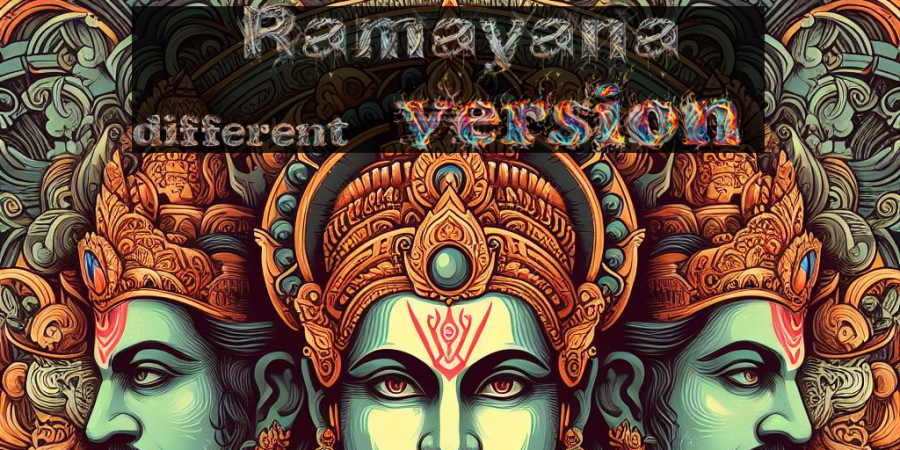

The Ramayana, one of India's most revered and timeless epics, has been retold and reinterpreted in various forms throughout history. Two of the most renowned versions of this epic are the Valmiki Ramayana and the Tulsidas Ramayana (Ramcharitmanas). These two versions offer distinct perspectives on the story, characters, and teachings of Lord Rama. In this blog post, we'll delve into the unique aspects of each version and how they perceive the epic tale.

The Valmiki Ramayana: A Historical Perspective The Valmiki Ramayana, composed by the sage Valmiki in ancient Sanskrit, is often regarded as the original Ramayana. It provides a historical and secular account of Lord Rama's life. Here's how it sees the epic:
1. Historical Lens: Valmiki's version leans towards a historical perspective, presenting Rama as a virtuous and heroic figure, whose life exemplifies righteous conduct (dharma).
2. Character Complexity: Characters in the Valmiki Ramayana are multifaceted, with their strengths and flaws. Ravana, for instance, is depicted as a learned scholar and musician in addition to being a formidable antagonist.
3. Bhakti (Devotion): While devotion to Lord Rama is present, it is not the primary focus of this version. Instead, it highlights Rama's qualities as a ruler and an embodiment of dharma.
The Tulsidas Ramayana (Ramcharitmanas): A Devotional Perspective The Tulsidas Ramayana, composed by the saint Tulsidas in the Awadhi dialect, is steeped in devotion and bhakti. Here's how it perceives the epic:
1. Bhakti Emphasis: Bhakti (devotion) is the heart of the Ramcharitmanas. It underscores a personal, loving relationship with Lord Rama as an incarnation of Lord Vishnu.
2. Simplicity and Accessibility: Tulsidas' writing style is simpler and more accessible, making it relatable to a broader audience. It focuses on the essence of devotion and love.
3. Spiritual Teachings: While narrating the story of Rama, the Ramcharitmanas imparts spiritual teachings and moral lessons, encouraging readers to deepen their faith.
Conclusion: Both the Valmiki Ramayana and the Tulsidas Ramayana hold immense cultural and spiritual significance in India. While Valmiki's version provides a historical and nuanced perspective, Tulsidas' Ramcharitmanas emphasizes devotion and a personal connection with Lord Rama. These two perspectives enrich our understanding of the epic tale, offering readers a choice between the historical and the devotional aspects of this timeless story.
Whether you are drawn to the epic's historical roots or seek a path of devotion and spirituality, the Ramayana has something profound to offer. It continues to inspire and resonate with people across generations, illustrating the enduring power of storytelling and mythology in our lives.
So, which perspective on the Ramayana resonates more with you—Valmiki's historical narrative or Tulsidas' devotional rendition? Let us know in the comments!
